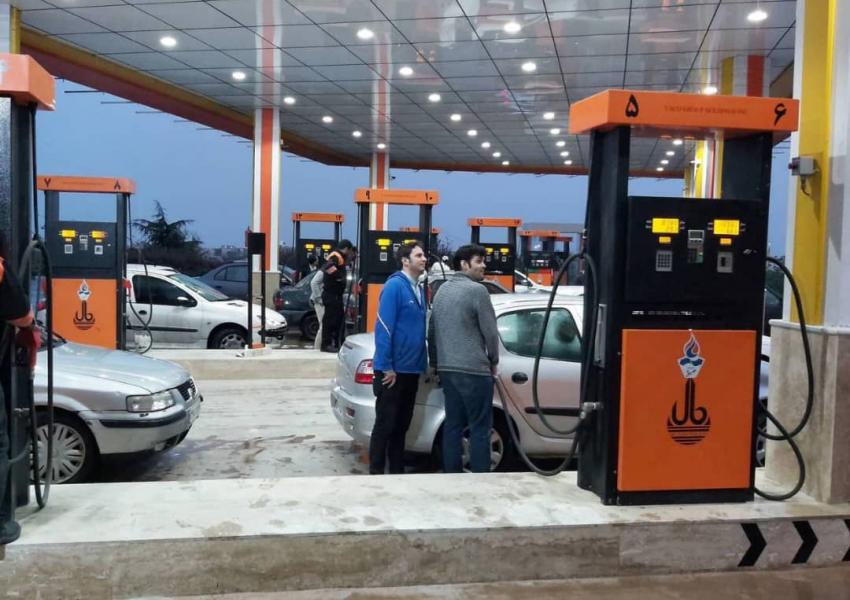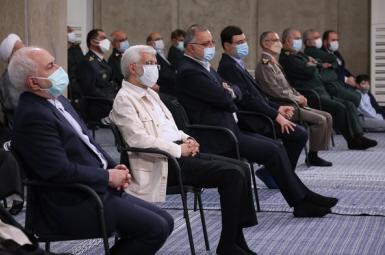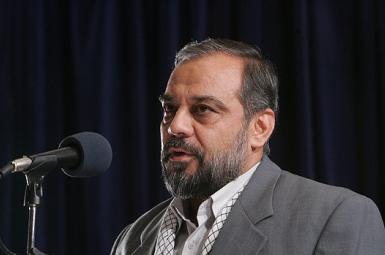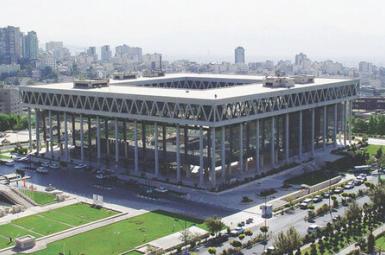
Ever-Increasing Consumption Set To Make Iran Net Gasoline Importer
Iran’s gasoline consumption has jumped 50 percent in the last decade, taking a bigger chunk of crude oil production to fuel transportation, primarily to supply gasoline for private cars and vans, information compiled from Iranian media indicate.
The increased consumption threatens to turn Iran into a net importer of gasoline, as was the case before 2015, when a boost to refining capacity finally brought self-sufficiency. Before that, despite being a crude oil exporter Iran was a gasoline importer.
Increased consumption results from a steady increase of gasoline-fueled cars – alongside and increase in other vehicles. Although there are no consistent annual numbers of registered vehicles, various reports published in the Iranian media suggest gasoline-fueled vehicles have increased by at least 6 percent a year over the past decade, despite sanctions and their financial consequences.
In 2020, there were more than 22 million fossil-fuel consuming cars and vans in Iran, an increase of 3 million units just from three years earlier. In 2017, minister of roads Abbas Akhundi had put the number of cars and vans at 19 million units.
Gasoline and other fossil fuels in Iran have been highly subsidized from the times of the monarchy, as to a lesser extent in other oil-producing nations. Iran has the world’s cheapest gasoline at around 30 cents a gallon, giving users no incentive to economize.
But it is not just cheap fuel and the increase in the number of vehicles on the roads that fuels the higher gasoline consumption. Many vehicles on the roads are older models with high fuel consumption. Limited local car production and barriers to large-scale imports with reasonable prices have forced people to keep worn-out vehicles with 20th-century technology.
In September 2017, a Tehran city council member said that 67 percent of city buses were “fatigued” and beyond their useful life. Since then, the situation has not improved as US sanctions have left little foreign currency for the government to improve public transport. Although buses use diesel, but the high number of worn-out units to an extent mirrors the state of gasoline-fueled vehicles.
Iran’s economy prides itself for being protectionist and defending local producers. While its car manufacturers depend on parts from European automakers and are mired by political interference and corruption, they are largely protected from foreign competition.
Refineries use a 42-gallon barrel of crude oil to produce 20 gallons of gasoline, according to standards in the United States. The rest is turned into diesel and other oil products.
Iran’s daily gasoline consumption has reached 28 million gallons per day, according to Fars news agency, a level that requires around 1.3 million barrels of crude. This is more than half of Iran’s current daily crude production that Opec in April put at 2.4 million barrels per day. Every additional 20 gallons of gasoline consumed domestically means one less barrel of crude oil for export.








